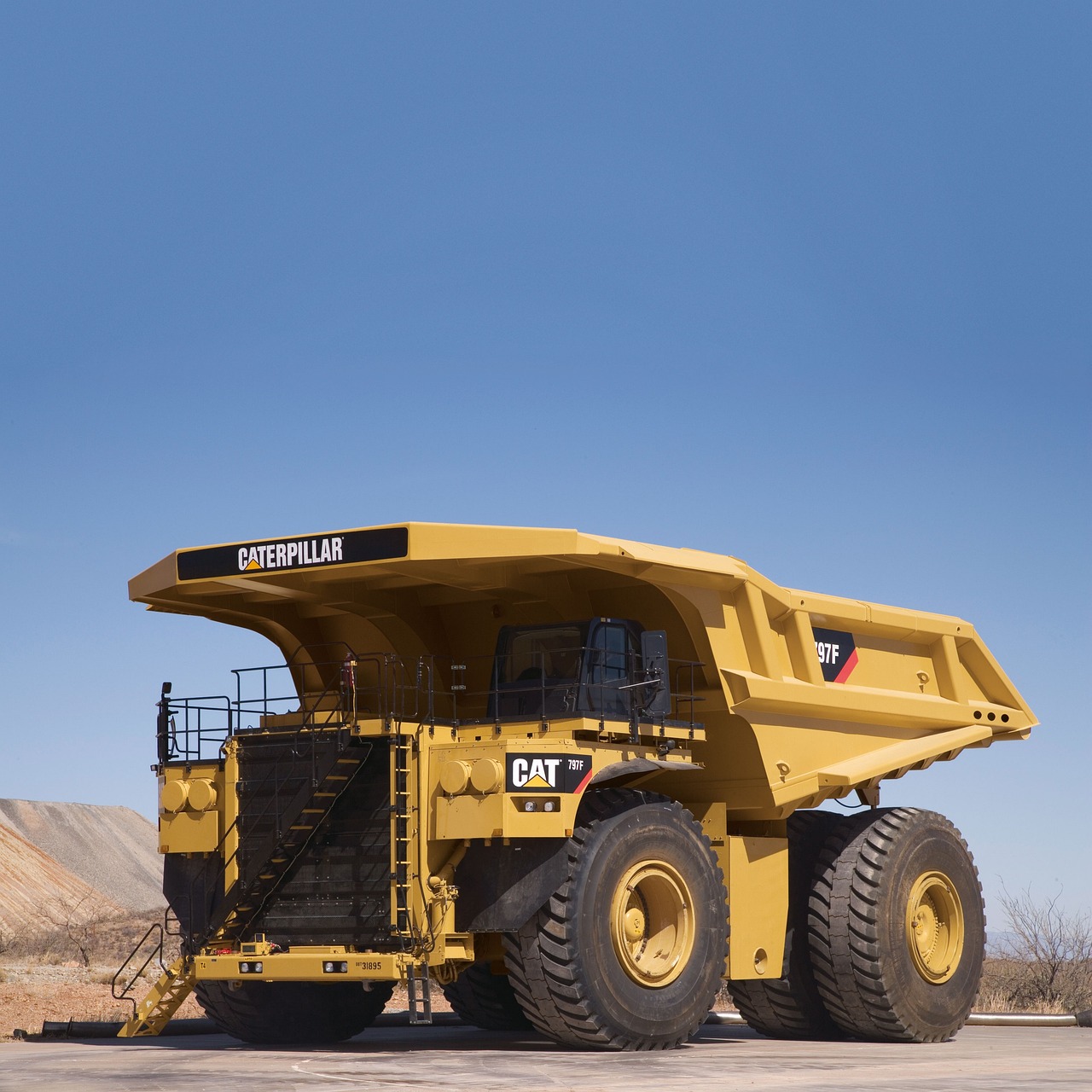Single-board PLC controllers: The core of industrial automation
Single-board PLC controllers are at the core of industrial automation, playing a crucial role in the efficient operation of manufacturing facilities. These controllers provide a range of features that enable them to control and monitor various industrial processes, from simple to complex. Their compact size and low cost make them suitable for small-scale industrial applications, while their scalability and versatility make them suitable for large-scale industrial operations. Single-board PLC controllers can help to enhance productivity, improve quality, and reduce operating costs in industrial automation systems.
Industrial automation is the backbone of modern manufacturing, providing efficiency, productivity, and precision that manual labor cannot match. The heart of industrial automation is the PLC (Programmable Logic Controller), which acts as the brain of the system, receiving inputs from sensors, processing them according to a set of programmed instructions, and then sending outputs to actuators to control the industrial process.
In this article, we will explore the role of single-board PLC controllers in industrial automation, their features, applications, and how they have transformed the landscape of industrial automation.

Single-board PLC controllers: Key features
Single-board PLC controllers are designed to be compact, lightweight, and efficient. They are typically built on a single circuit board, making them highly portable and easy to integrate into various industrial applications. These controllers have a set of powerful features that make them stand out from traditional PLC systems:
1、Programmability: Single-board PLC controllers can be programmed using a variety of programming languages and tools, providing flexibility to meet different industrial requirements.
2、Configurable inputs and outputs: These controllers have a wide range of configurable inputs and outputs, which can be customized to match the specific needs of an industrial application.
3、High performance: Single-board PLC controllers are designed to provide high performance, processing inputs and outputs quickly and efficiently.
4、Reliability: These controllers are designed to be highly reliable, providing long-term stability and minimizing downtime.
5、Connectivity: Single-board PLC controllers have a wide range of connectivity options, including Ethernet, USB, and RS-232/485, which enable them to communicate with other devices and systems seamlessly.
Single-board PLC controllers: Applications in industrial automation
Single-board PLC controllers have found widespread applications in industrial automation. They are used in various industries such as manufacturing, processing, packaging, and transportation. Here are some common applications of single-board PLC controllers:
1、Assembly line control: These controllers can be used to manage and control the operations of assembly lines, ensuring that products are assembled quickly, accurately, and efficiently.
2、Machine tool control: Single-board PLC controllers can be used to control machine tools such as CNC (Computer Numerical Control) machines, providing precision control over machining operations.
3、Process monitoring and control: These controllers can be used to monitor and control various industrial processes such as temperature, pressure, and pH level, ensuring that these processes remain within acceptable limits.
4、Robotic automation: Single-board PLC controllers can be integrated with robots to provide precision control over robotic movements and operations. This allows robots to perform tasks accurately and reliably in various industrial environments.
5、Data acquisition and processing: These controllers can be used to acquire data from sensors and other devices and process it to generate meaningful information that can be used for decision making in industrial applications.
6、Communication systems: Single-board PLC controllers can also be used as communication systems in industrial automation, facilitating seamless communication between devices and systems within an industrial network.
7、Backup systems: In case of system failures or emergencies, these controllers can be used as backup systems to provide redundancy and ensure continuity of operations in industrial automation systems.
8、Education and training: Additionally, single-board PLC controllers have been used extensively in education and training institutions for teaching industrial automation courses and training programs. Students can learn about PLC programming, configuration, and troubleshooting using these controllers in a hands-on environment.
9、Product testing and validation: Finally, single-board PLC controllers have been used in product testing and validation processes to simulate various industrial conditions and monitor the performance of products under these conditions. This allows manufacturers to ensure the quality of their products before they are released to the market.
Conclusion
Single-board PLC controllers have transformed the landscape of industrial automation by providing a compact, lightweight, and efficient solution that can be easily integrated into various industrial applications. These controllers have a set of powerful features that make them stand out from traditional PLC systems, including programmability, configurable inputs and outputs, high performance, reliability, connectivity, backup systems, education and training applications as well as product testing and validation processes. By understanding the role of single-board PLC controllers in industrial automation, it becomes evident that these controllers will continue to play a crucial role in driving industrial automation forward in the future.
Articles related to the knowledge points of this article:
Precision PLC Controller Quotation